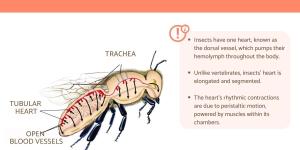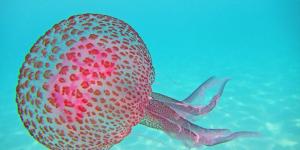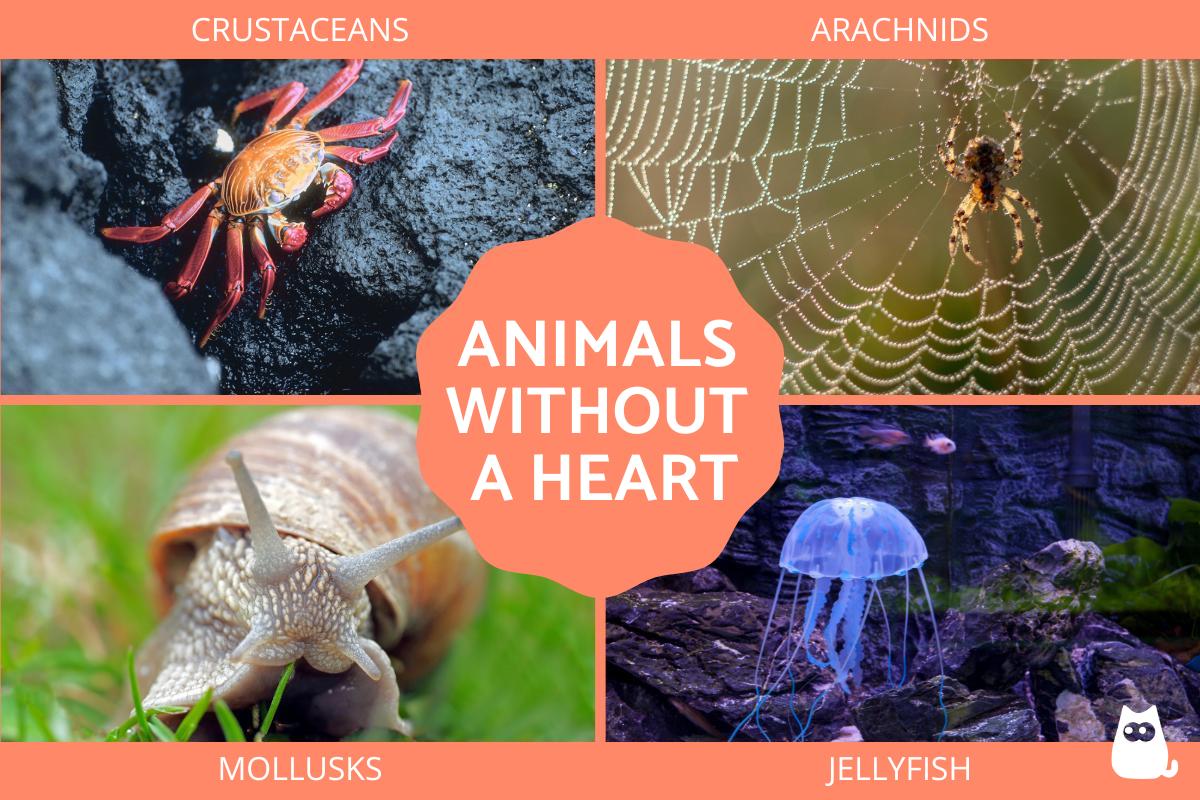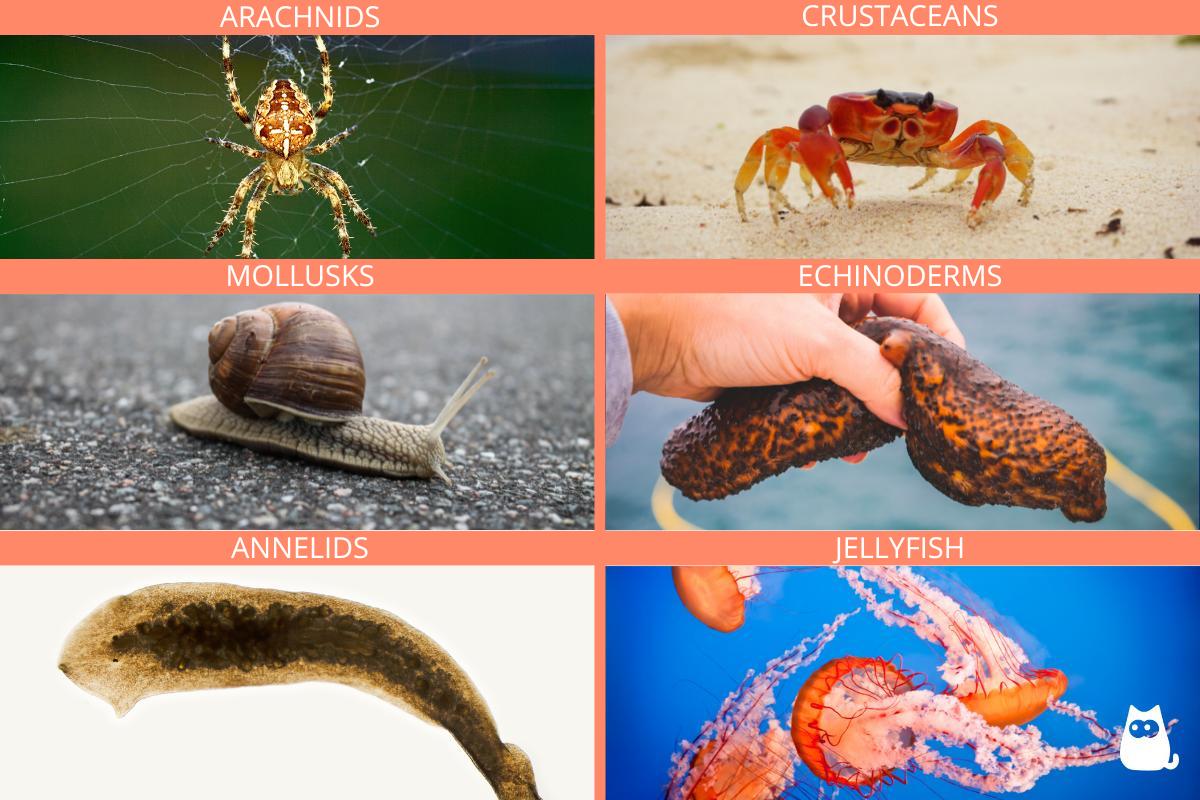What Animals Don’t Have Hearts?

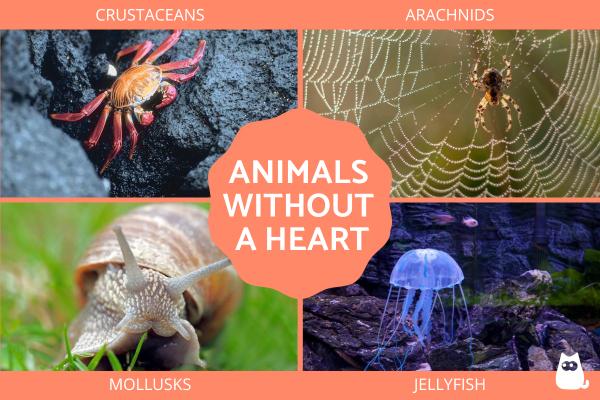
While it's a common assumption that all animals possess a heart, the reality is far more diverse and fascinating. The animal kingdom boasts a wide array of circulatory systems, some of which do not feature a traditional heart in the sense that we might envision. This article delves into the intriguing world of animals that have evolved alternative methods to transport fluids and nutrients within their bodies, highlighting the remarkable adaptability of life on Earth.
The following AnimalWised article delves into animals that lack a heart and explores their alternative circulatory systems.
Do animals without hearts exist?
Yes, there are animals without hearts. These animals have evolved unique circulatory systems tailored to their specific requirements. Instead of a centralized heart, they use a variety of mechanisms to transport vital fluids through their bodies.
One alternative system that some animals employ is the open circulatory system. In this system, a fluid, often called hemolymph, circulates through cavities or spaces within the body, rather than through closed tubes like arteries and veins. Hemolymph has a multifaceted role, serving as the conduit for oxygen, nutrients, gases, waste products, and immune defense.
Hemolymph, akin to blood in vertebrate animals, performs several crucial functions. It carries oxygen from respiratory structures (such as gills or tracheas) to the cells, facilitating respiration. It also transports digested nutrients from the digestive tract to cells across the organism. Additionally, hemolymph plays a vital role in defending the body against pathogens as a component of the immune system.
Another circulatory adaptation found in some animals is the closed circulatory system, where a centralized heart-like structure pumps a fluid (often called hemolymph or coelomic fluid) into vessels and arteries. This system is found in some animals like annelids (e.g., earthworms) and cephalopods (e.g., squids and octopuses). While it shares similarities with the circulatory systems of vertebrates, it does not follow the exact same pattern.
In the case of annelids, they possess segmented bodies with aortic arches in each segment, which act as pump-like structures to facilitate the circulation of coelomic fluid. Similarly, cephalopods have a central heart but still differ in many aspects from the circulatory system of vertebrates.
These diverse circulatory adaptations represent the fascinating ways in which animals have evolved to thrive in their respective ecological niches, each tailored to meet their specific physiological requirements.
Why do some animals have no heart?
As mentioned before, animals that lack a traditional heart have evolved different strategies to transport fluids and nutrients through their bodies. The absence of a heart can be attributed to several factors:
- Evolutionary adaptation: over millions of years, various animal species have adapted to their environments in different ways. In some cases, having a traditional heart may not provide a significant advantage for survival. These animals have developed alternative circulatory systems that are better suited to their specific needs and lifestyles.
- Simplicity and efficiency: in many invertebrate animals, particularly those with open circulatory systems, the absence of a centralized heart reduces the complexity of the circulatory system. This simplification can be more energy-efficient and well-suited to their basic circulatory requirements.
- Environment and physiology: animals that do not possess a heart often live in environments where the demands of oxygen transport, nutrient distribution, and waste removal are less complex compared to species with closed circulatory systems. Their environments and physiological requirements may not necessitate the intricate pumping action of a heart.
- Resource allocation: evolution operates under a principle of resource allocation. If a heart is not essential for an organism's survival and reproduction, natural selection may favor the allocation of resources to other traits or adaptations that provide a greater advantage in its particular ecological niche.
- Specific adaptations: animals without traditional hearts often have specialized adaptations to support their circulatory needs. For example, they may rely on the movement of muscles or changes in body pressure to facilitate the flow of circulatory fluids.
In summary, the absence of a heart in certain animals is a result of their unique evolutionary histories and adaptations to specific ecological niches.
Learn more about insect circulatory systems in our other article.
What animals don't have hearts?
Arthropods
Arthropods make up the largest phylum in the animal kingdom and encompass diverse creatures like insects, arachnids (spiders and scorpions), and crustaceans (crabs, lobsters, and shrimp).
While some arthropods have specialized structures that serve a pumping function, they generally lack a centralized heart. Instead, they rely on an open circulatory system.
In the open circulatory system of arthropods, a fluid called hemolymph circulates through the body within cavities and spaces. Unlike closed circulatory systems with arteries and veins, the circulation in arthropods is driven by muscle contractions in various parts of the body and changes in body pressure. This simplified system has evolved to suit the physiological needs of these organisms.
Mollusks
Mollusks are a diverse group that includes snails, slugs, clams, and octopuses. Some mollusks have a basic circulatory system that lacks a traditional heart.
In the case of mollusks, hemolymph circulates through open spaces within the body, where it bathes and nourishes cells. Although some mollusks, like cephalopods (e.g., squids and octopuses), possess specialized hearts, many others, such as snails, rely on a more rudimentary circulatory mechanism. Muscle contractions and body movements aid in the circulation of hemolymph, ensuring the delivery of oxygen and nutrients.
Annelids
Annelids, represented by earthworms and leeches, have segmented bodies and a unique circulatory system. While they lack a centralized heart, they utilize structures called aortic arches in each body segment to pump a blood-like fluid.
This fluid, sometimes referred to as coelomic fluid, flows through vessels within the segments, delivering oxygen and nutrients to tissues. Earthworms' peristaltic movements contribute to the circulation of this coelomic fluid, which keeps the organism's body functions in check.
Echinoderms
Echinoderms, known for their radial symmetry, include starfish, sea urchins, and sea cucumbers.
They possess a unique water vascular system, which serves both for circulation and locomotion. This system, while not heart-based, relies on hydraulic pressure to move fluids within the body's tube feet and other structures. It's essential for functions like respiration, food capture, and movement. Echinoderms represent another group of animals that do not rely on a traditional heart.
Jellyfish
Some species of jellyfish also lack a centralized heart. Their circulatory system is relatively simple, and they use a gastrovascular cavity for both digestion and the transport of nutrients and gases. This cavity aids in the circulation of essential substances, despite the absence of a heart.
You might also be interested in this other article where we discuss animals that do not have a brain.
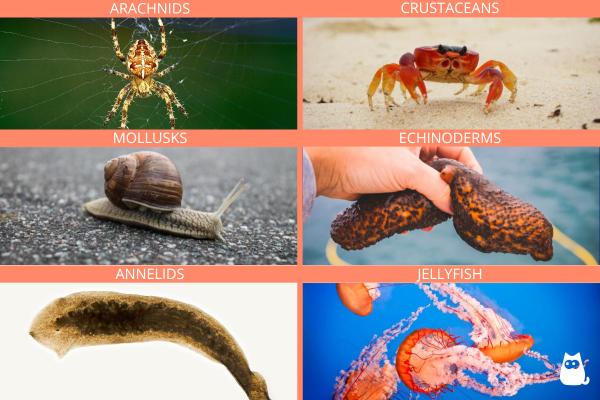
If you want to read similar articles to What Animals Don’t Have Hearts?, we recommend you visit our Facts about the animal kingdom category.
- Bekius, R. (1971). The circulatory system of Lymnaea stagnalis (L.) . Netherlands Journal of Zoology, 22(1), 1-58.
- Hamner, W.M., Jones, M.S., & Hamner, P.P. (1995). Swimming, feeding, circulation and vision in the Australian box jellyfish, Chironex fleckeri (Cnidaria: Cubozoa) . Marine and Freshwater Research, 46(7), 985-990.
- Schierwater, B., & DeSalle, R. (2021). Invertebrate zoology: A tree of life approach . CRC press.



